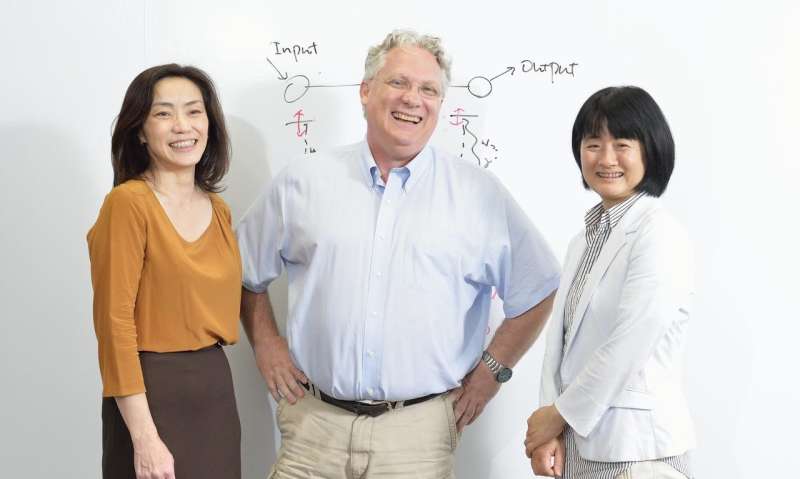Scientists turn to the quantum realm to improve energy transportation

Ant-Man knows the quantum realm holds shocking revelations and irrational solutions. Taking a page from the Marvel Universe, researchers based at the National Institute of Informatics (NII) in Tokyo, Japan, designed a more efficient quantum transport system by adding even more noise to it. They published their results on July 24 in npj Quantum Information.
"Energy transport is at the core of natural life, as well as our current technology," said Kae Nemoto, a professor at the National Institute of Informatics and an author of the paper. "Many technological improvements have been achieved by better device engineering to reduce the effects of noise and imperfections, which seems like a perfectly logical approach. We found—although nature already knew this—that energy transport can actually be enhanced by adding environmental noise."
Within quantum mechanics, energy behaves like a child in a mirror funhouse. The child's face stares back from a maze of reflective surfaces, and it's almost impossible for her to find the exit until she moves. As she moves, her many reflected faces move across the mirrors. Once she exits, her reflection is gone from the mirrors.
The scientists examined how bacteria manage to efficiently harvest energy from light sources through photosynthesis. In photosynthesis, the energy moves throughout the cell all at once, looking for its destination. Once it finds the spot, all of the other versions collapse in. The energy doesn't expend itself bouncing all over the cell—it splits the work. However, this process cannot be exempted from environmental effects. Usually, environmental noise is considered as a negative factor. For example, interference from physically close neighbors tends to slow down the process significantly.
The researchers designed a computer simulation based on this process, but added a correlated noise to the path where energy is going through. Surprisingly, the energy transfer was significantly accelerated with anti-correlated noise. "There is now clear evidence that noise can help in energy transport," Nemoto said. "This can be applied to more complex networks, and we are working on designing more realistic energy transport systems. If we can speed up energy transport, we must also be able to slow it down, too."
The researchers plan to continue studying exactly how noise influences the speed of energy transport with the goal of gaining control over the system to precisely fine tune its efficiency.
More information: Chikako Uchiyama et al, Environmental engineering for quantum energy transport, npj Quantum Information (2018). DOI: 10.1038/s41534-018-0079-x
Provided by Research Organization of Information and Systems



















